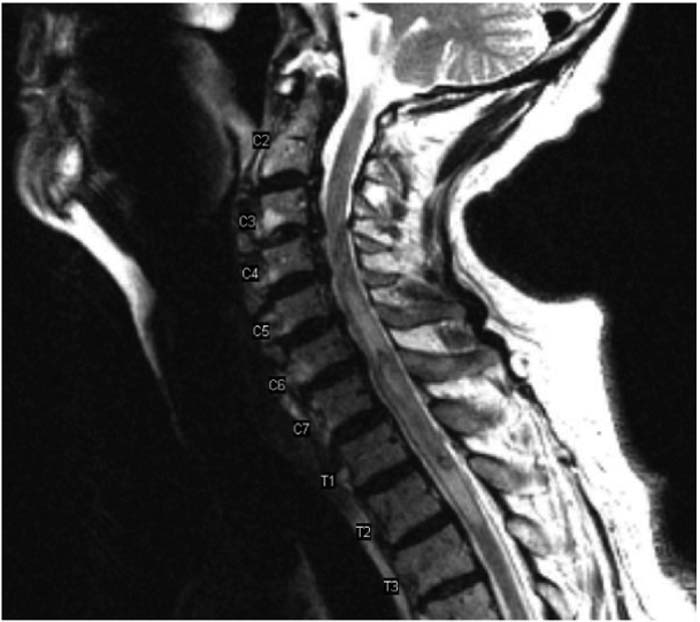Case Presentation:
Chest pain is the second most common reason for visiting an emergency department in the United States. Ruling out medical emergencies is crucial. We are presenting a case of chest pain due to an unthought‐of life‐threatening condition…This is a 66‐year‐old man with a medical history of diabetes mel‐litus, coronary artery disease, and hypertension. He underwent a cervical epidural steroid injection under direct fluoroscopic guidance at the level of C7‐T1 the morning of his presentation. Shortly after, the patient complained of acute‐onset severe left‐sided chest pain that was identical to the pain he had during his previous myocardial infarction episodes. His electrocardiogram revealed new Q wave in V1‐V2. He was emergently transferred to our institution for cardiac catheterization. A bedside transthoracic echocardiogram failed to show any new‐onset wall‐motion abnormality. Cardiac enzymes came back negative. A nitroglycerin drip failed to relieve his chest pain. A noncontrast CT scan of the neck followed by an MRI revealed an intramedullary spinal cord hematoma with contusion.
Discussion:
Cervical epidural steroid injections are common in today's practice for neck pain with or without radiculopathy. Minor complications can ensue, including dyspnea, nausea, vomiting, dizziness, facial flushing, neck stiffness, and hypotension. More serious complications may arise, ranging from transient neurological deficit, quadreparesis, anterior spinal artery syndrome, cerebellar infarct, brain stem herniation, and even death. Mechanisms of injury include vascular compromise (of a radicular artery, vertebral artery, or anterior spinal artery), epidural hematoma, needle trauma, and intracord contrast injection.
Conclusions:
To our knowledge, this is the first reported case of intramedullary hematoma secondary to cervical epidural injection. The misleading presentation of this abnormality and the significant clinical morbidity resulting from this lesion highlight the importance of appropriate radiological investigation in this clinical setting.
Author Disclosure:
R. Daher, none; M. Abboud, none; T. Nissirios, none; E. Kupersmith, none.

